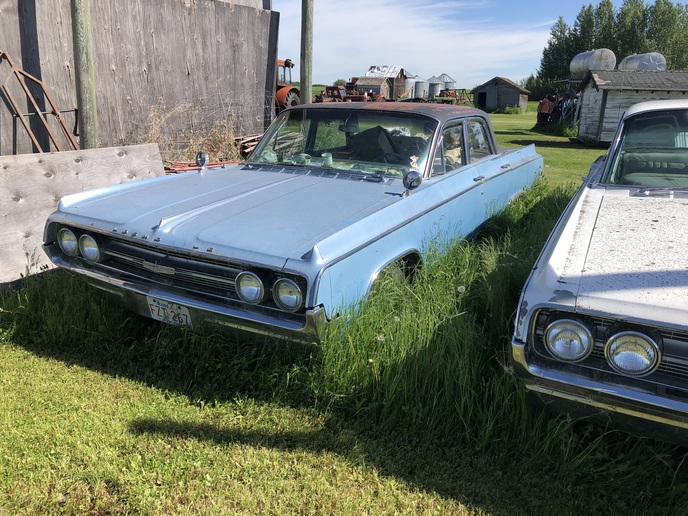jd2cyl1943
Member
- Location
- Bemidji, MN
So I spent a considerable amount of time researching and have come up with this for a plan.
1:Clean up all the rust, grease and old paint.
2:Spray John Deere brand buff primer sealer over everything.
3:Go ever everything with a high build filler primer to level out the imperfections.
4:Spray John Deere brand enamel over everything.
And for the sheet metal, spray with Buff primer/ sealer, go over with Bondo, spray a high build primer, sand it down smooth, spray with JD brand enamel, and clear coat.
What do you think?
1:Clean up all the rust, grease and old paint.
2:Spray John Deere brand buff primer sealer over everything.
3:Go ever everything with a high build filler primer to level out the imperfections.
4:Spray John Deere brand enamel over everything.
And for the sheet metal, spray with Buff primer/ sealer, go over with Bondo, spray a high build primer, sand it down smooth, spray with JD brand enamel, and clear coat.
What do you think?


